How Hezbollah is hitting back after being pummelled by Israel
The Lebanese militant group is weakened but resilient. Its escalating responses show the danger of an extended conflict.
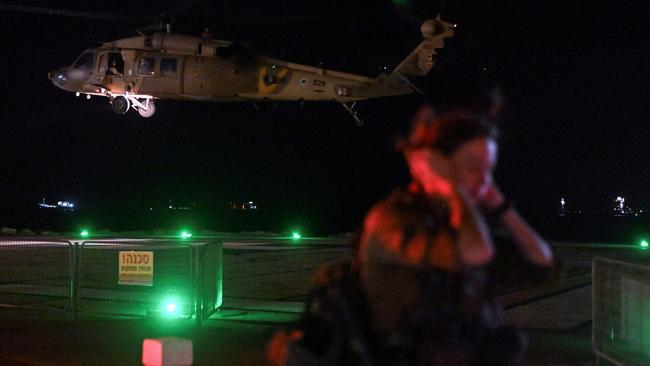
After suffering a series of punishing blows by Israel, Hezbollah is fighting back, launching ambushes on Israeli troops in Lebanon and ratcheting up drone and missile strikes deeper into Israel.
The attacks show that Hezbollah, though weakened by Israeli strikes that have killed a generation of its top leaders and destroyed some of its weapons, is still capable of turning Lebanon’s deadliest conflict in decades into a long grind for Israel.
Hezbollah has been firing missiles at Israel for more than a year to show its solidarity with Palestinians in Gaza. While those missiles have resulted in only limited damage and few casualties, they have displaced tens of thousands of people from northern Israel and drained Israeli resources as Israel spends heavily to intercept them.
Israel’s invasion of southern Lebanon in late September, which itself has displaced hundreds of thousands of people, was intended to force Hezbollah to halt its attacks. Instead, it is ramping them up.
A Hezbollah drone attack over the weekend hit the Israeli prime minister’s residence in Caesarea in central Israel, more than 60km from the Lebanese border, the second time in a week that the group demonstrated an ability to shoot through Israel’s air defences using uncrewed aircraft.
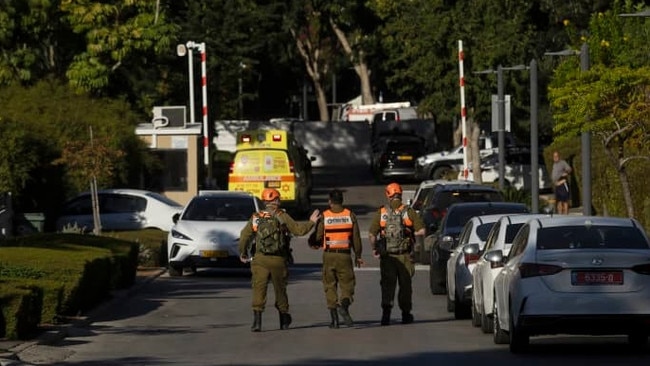
An attack days earlier killed four Israeli soldiers at a base for an elite unit of the military, also in central Israel.
On Monday, Hezbollah posted video footage that it said showed it striking a group of Israeli soldiers in the village of Ramyeh in southern Lebanon. The video, filmed from the missile itself, appeared to show the use of the group’s guided antitank missiles, which were its deadliest weapon in the last war it fought with Israel in 2006.
Hezbollah’s rocket fire has also ticked up, with the group launching 200 rockets and projectiles each day over the weekend and 140 on Tuesday, according to the Israeli military. During previous weeks it was only averaging a few dozen a day.
Hezbollah’s launches are still lower in number than Israeli officials anticipated in the event of a full-scale war, a sign of the group’s degraded capabilities.
Most of its attacks are being intercepted by Israeli air defences, the Israeli military says, at a cost of around $US100,000 ($150,000) per drone and as much as several million dollars for every missile it shoots down.
Even so, Hezbollah is showing its ability to regroup quickly under pressure. Its armed units have been trained to operate with some degree of autonomy, making it easier for them to keep fighting even when top leaders are killed and internal communications are disabled, military analysts say.
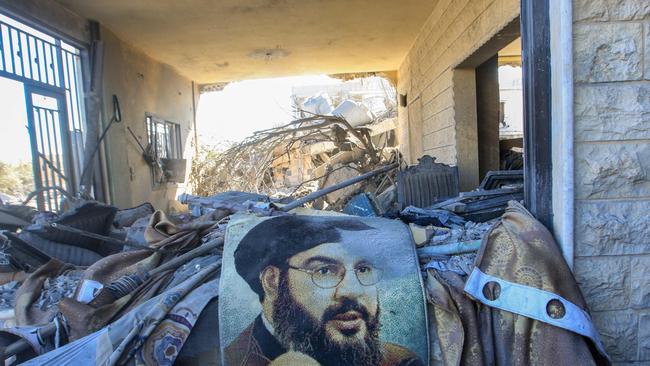
That ability to survive and continue fighting increases the risk that Israel could be sending its military into a bloody and protracted conflict.
“Hezbollah still has its core strategy, which is to hold its ground in the south in the face of any kind of Israeli ground offensive or incursion or advance,” said Rym Momtaz, a Paris-based security analyst with Carnegie Europe, a policy institute. “It’s Hezbollah’s home turf. They know every nook and cranny, and they’re going to use that advantage.”
Degraded, but not deterred
Hezbollah, an Iranian-backed Shiite-led militant group and political party, was created in response to an Israeli invasion of Lebanon in the 1980s. It compelled the Israeli military to withdraw from Lebanon in two previous wars.
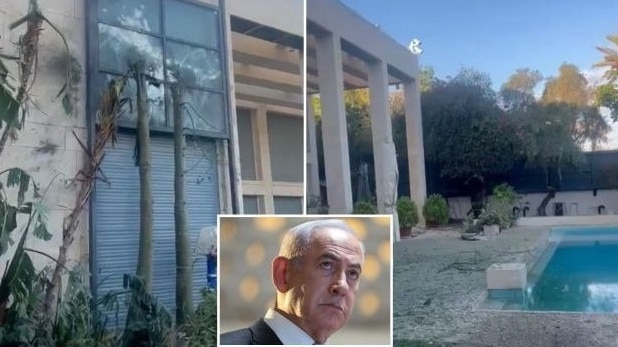
The latest expansion of hostilities comes after Israel killed Hamas’s leader Yahya Sinwar in Gaza, a death that some analysts thought could provide an offramp for Israeli Prime Minister Benjamin Netanyahu to end the wars in both Gaza and Lebanon. Netanyahu said the next day that the war would continue, while Hezbollah vowed to escalate its response to Israel’s invasion of Lebanon.
Israeli leaders have begun to speak of more ambitious goals for its latest offensive, beyond its initial stated aim of making communities in northern Israel safe. The Israeli military this week launched airstrikes on branches of a Hezbollah-affiliated bank, which Israeli officials said was intended to undermine the Islamist group’s base of support.
Netanyahu also earlier this month called on the Lebanese public to rise up against Hezbollah.
“It’s very complicated to fight there,” said a senior Israeli military official.
“The goal is to heavily cripple Hezbollah in order to change the balance of power in Lebanon.”
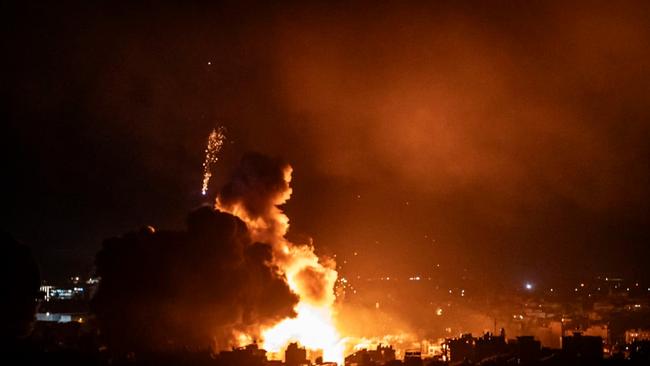
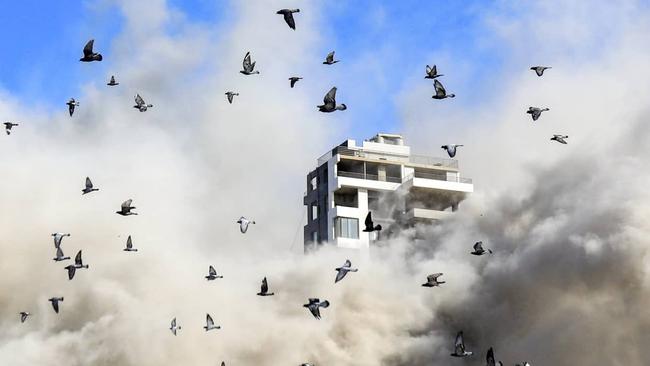
Up to now, Israel has been able to use its advantages, including air power and sophisticated intelligence and surveillance operations, to put Hezbollah on the defensive. Israel deployed booby-trapped pagers that killed and wounded Hezbollah members and launched airstrikes that killed the group’s top leader, Hassan Nasrallah, and many of its elite fighters.
An Israeli strike also killed his successor, Hashim Safieddine, Hezbollah said on Wednesday.
Military analysts say Israeli attacks have also degraded Hezbollah’s missile force.
Israeli surveillance, including electronic wiretaps and drones that constantly buzz in the skies above Lebanon, have made it difficult for the group to use its medium and long-range missile launchers. Those take more time to set up than shorter-range weapons, exposing them to Israeli airstrikes once they are spotted.
The Israeli military said in late September it has destroyed about 50 per cent of Hezbollah’s missile stockpile, which before the war was estimated to be around 150,000 missiles and rockets. Hezbollah has said it remains militarily capable, but hasn’t given an estimate of its losses of weapons.
Military analysts and diplomats say the group is still able to import more weapons to replace some of what has been destroyed, mainly via its border with Syria, and has processes in place to replace senior leaders who are killed.
“It’s an adaptive group. It’s very clever. It’s very determined. They’re willing to take losses. I would never count Hezbollah out, but I think they’ve been hit very hard,” said Daniel Byman, a senior fellow at the Center for Strategic and International Studies in Washington and former U.S. government official.
Hezbollah has shown it can expand its attacks deeper into Israel. During the week of Sept. 22, about a week after Israel’s pager attack, the average depth of a Hezbollah strike was about 17 miles into Israel, according to data from Armed Conflict Location and Event Data and compiled by CSIS. That is up from an average of about 2.4 miles over nearly a year of cross-border fighting previously.
Guerrilla warfare
The true test for both the Israeli military and Hezbollah is likely still to come, if and when Israel’s leaders choose to send their forces deeper into Lebanese territory, where Hezbollah fighters would have the advantage of fighting on their home turf.
Hundreds of Weapons, including several Anti-Material Rifles, Anti-Tank Missile Launchers, RPGs, and a Variety of Rifles and Handguns have been discovered by Israeli Forces during Ground Operations in Southern Lebanon. In addition, several Thousand Sets of Uniforms have also been… pic.twitter.com/eitzS0CyhG
— OSINTdefender (@sentdefender) October 24, 2024
So far, Israeli forces have entered at least eight villages, all within a mile of the border, according to statements by Israel, Hezbollah and geolocation of Israeli soldiers by Le Beck, an intelligence-consulting firm.
Hezbollah forces have used remote-detonated bombs and mortar and rocket fire to hit back, according to Israeli military officials.
Hezbollah says its approach to the war in the south has been to hold back initially before increasing attacks on invading Israeli soldiers, consistent with its approach to some battles in its 2006 war with Israel. Then, Hezbollah fighters laid in wait for Israeli forces in towns and villages in the south, according to former Israeli soldiers and officers who participated in the war.
“The mission of the resistance is to pursue the army and carry out operations against it wherever it advances,” said Hezbollah’s deputy secretary-general, Naim Qassem, in a televised address on Oct. 15.
“The youth are waiting to engage more and more.” The Israeli military has announced the deaths of 17 soldiers killed in southern Lebanon and five others killed in northern Israel and along the Lebanese border, in addition to the four who were killed in Hezbollah’s drone strike on the Golani infantry brigade military base in Israel this month. The drone was able to pass detection by Israeli forces before striking a dining hall as soldiers were eating dinner, also wounding more than 60.
Drones are one of the chief potential challenges for Israel. Its multilayered air defences are designed to block missile attacks from Gaza, Lebanon, and more recently Iran, but has had difficulty shooting down slow-flying drones.
– Adam Chamseddine and Anat Peled contributed to this article.
Dow Jones Newswires


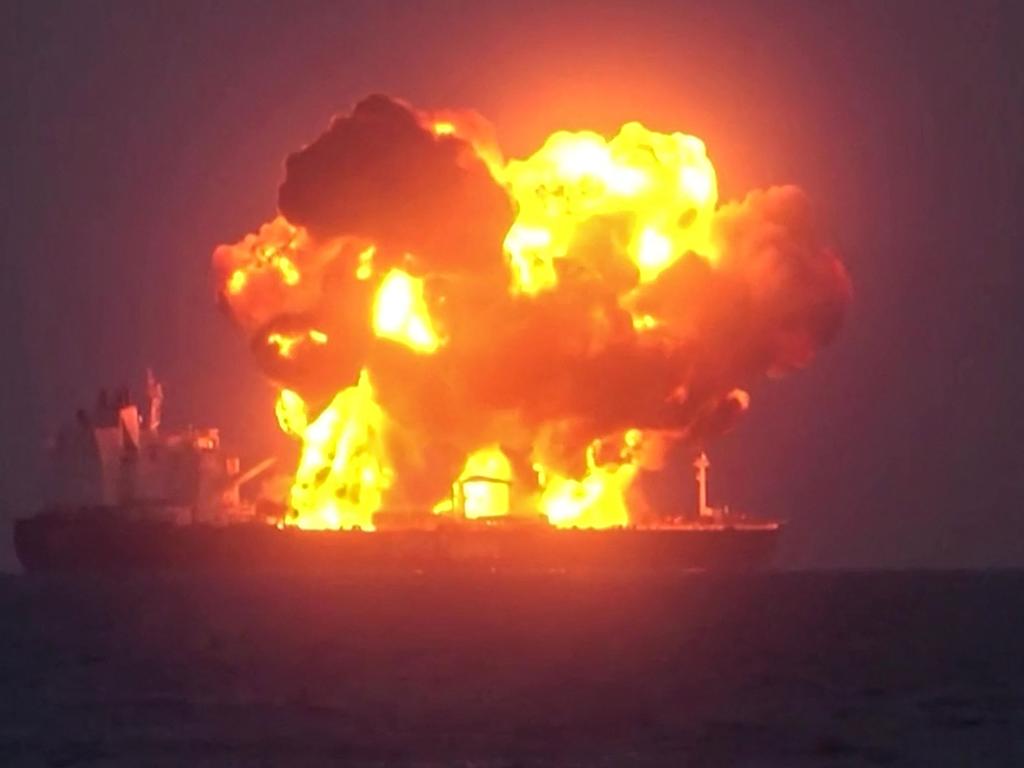
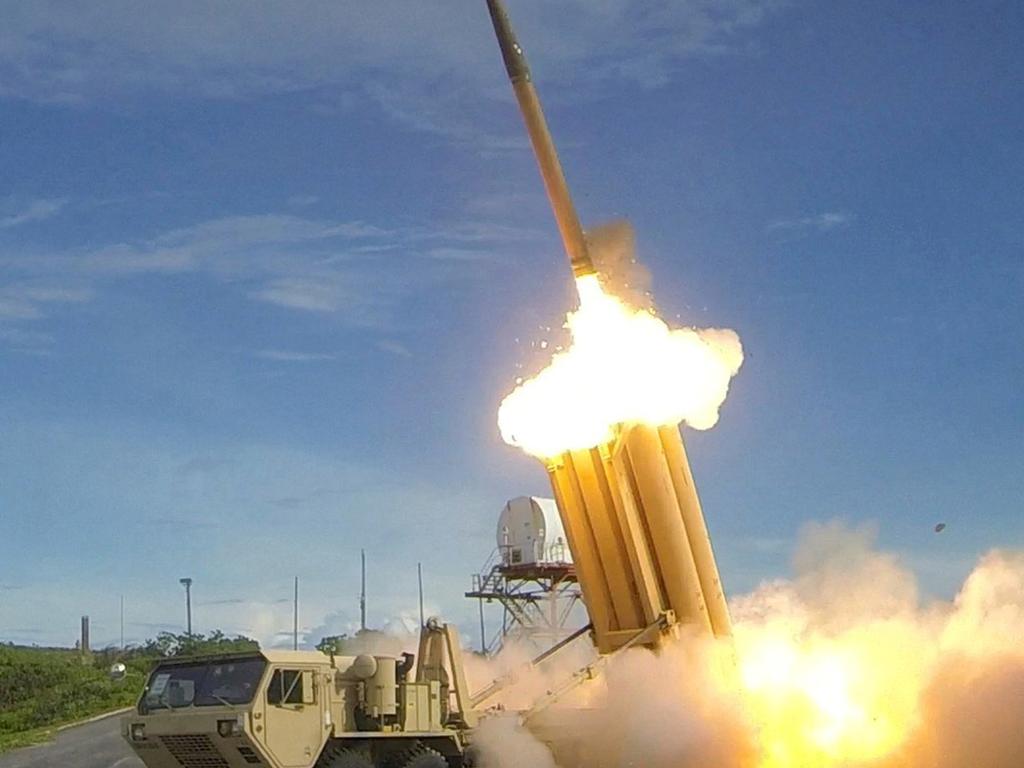



To join the conversation, please log in. Don't have an account? Register
Join the conversation, you are commenting as Logout